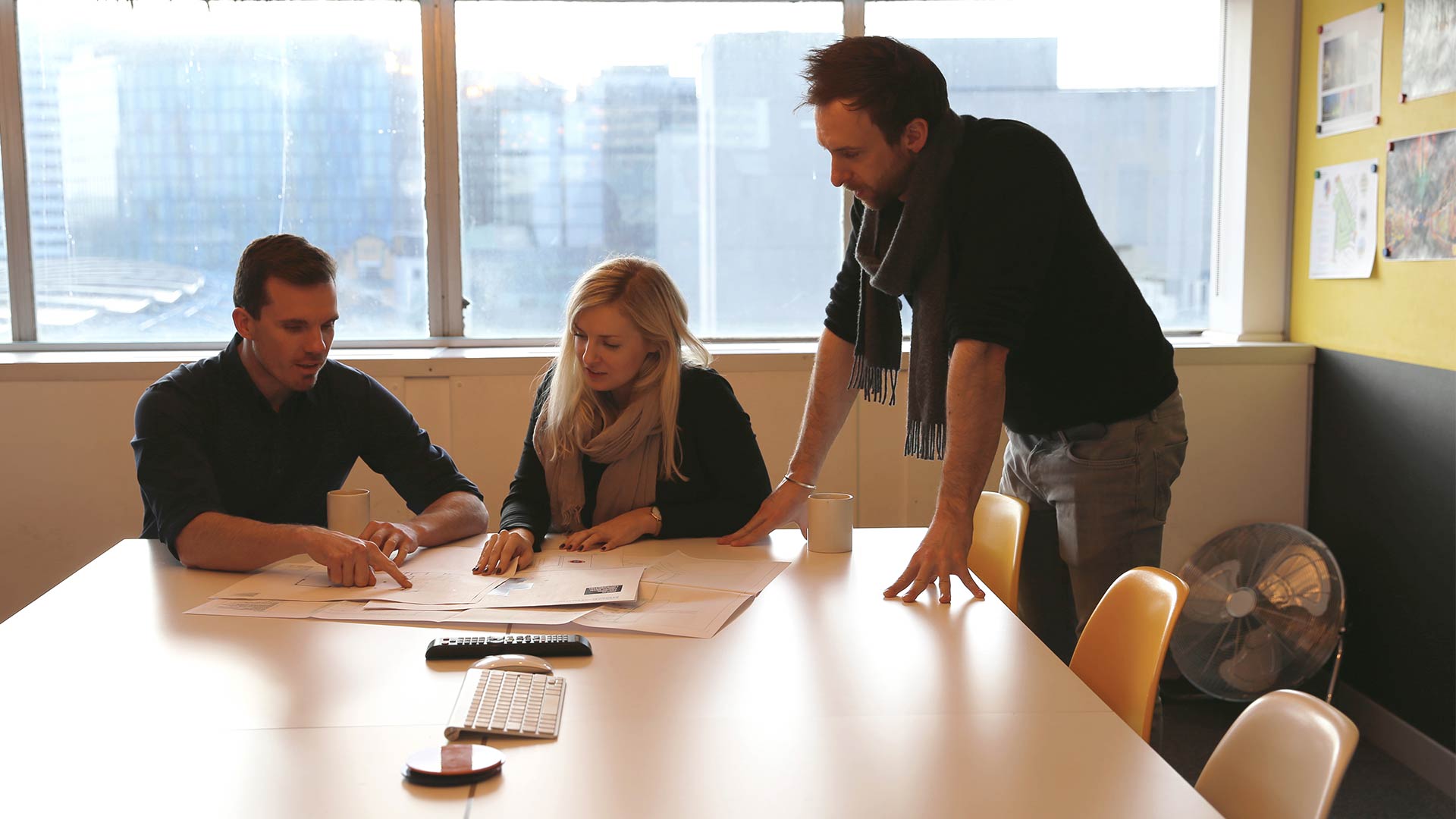Can a successful lighting design consultancy ever be too busy?
The business of design fascinates me. Whether it’s winning work, implementing processes or developing new and exciting conceptual ideas, I get excited by the inner workings of my design practice.
As founder of Nulty, we have a core philosophy of delivering exceptional customer service. This means that I am heavily involved in resource profile and spend a great deal of time to ensure we have the best team possible ready to take on the jobs that come through the door.
To work out whether you have enough staff or not enough staff, compared to your current and future workload is, at best, a bit of a dark art (pun intended).
I was recently questioned in an interview about whether Nulty is too busy. And it makes me wonder when busy becomes too busy.
Nulty is very successful, and yes we are busy. But we are never too busy because of our ability to organise our resources successfully. We plan ahead by hiring exceptional designers when we find them, even if it means carrying a higher resource level than necessarily required. Not only does this allow us to excel at customer service, it means that we are always able to react quickly to the needs of any project.
Of course, this level of “thinking ahead” can represent a financial risk to the business, but it’s built into our DNA and annual budgets.
Resource profiling is compounded for the lighting design industry because we don’t necessarily work on a project continuously: rather our input can ebb and flow. Such spikes in output can be difficult to forecast and many practices often end up with resource bottlenecks.
At Nulty, we have a team of 38, including 30 project managers and designers who work in teams and act like small businesses, responsible for organising themselves, but with the support of a larger corporate structure. This enables us to keep continuity of resource, which clients love. And it allows us to pool resources when required.
It’s a lot of mouths to feed and, as a result, we have a very large throughput of project work. But we also have a happy staff. Nulty has the right skill set with the right mix of characters. Everybody is willing to share information and knowledge, and they feel like they are learning while they work here.
As a result, we have a high employee retention rate because we allow people space to breathe. It’s an enjoyable place to work. I’m a real believer that a happy workforce is a hard-working workforce. We give people an emotional connection to the work, and they feel empowered and responsible for the work they do. And staff retention means repeat clients. When designers forge relationships with clients, clients stick around.
A common misconception of a busy practice like ours is that we are at capacity. On the contrary. At Nulty our project leaders carefully plan and resource jobs, and have the ability to increase resources when required.
We pride ourselves on our level of organisation, collaboration and ability to communicate. Nulty stays half a step ahead of its capacity requirements. I believe that being too busy means you haven’t planned, and that is easily avoided. Being nicely busy, however, means you are successful.
Ultimately, it comes down to being honest with potential clients. Nulty never takes on a project our teams cannot fully service. From a reputation standpoint, it’s not in our interest to accept a project that we couldn’t resource, especially when exceptional service is a cornerstone of our practice.
Our end goal is excellent design and incomparable customer service. Having just won our 625th project in six and a half years it’s fair to say Nulty is busy (but certainly not too busy), so we must be doing something right.


